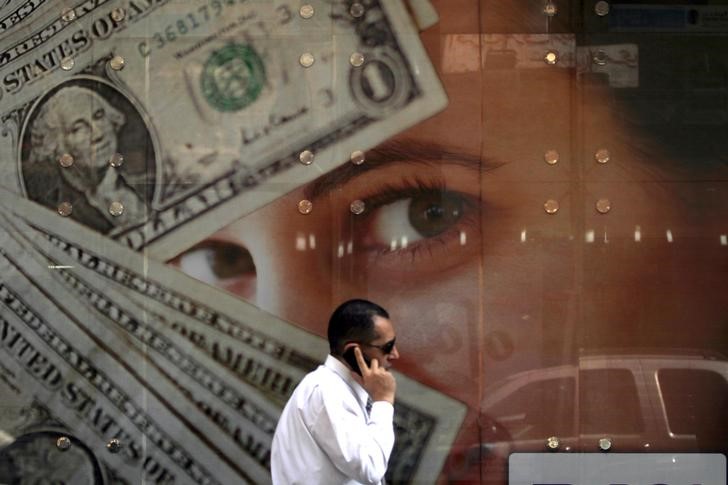Investing.com - The U.S. dollar edged lower against its rivals Friday after a preliminary reading of second-quarter U.S. economic growth showed the economy grew at its fastest pace in nearly four years.
The U.S. dollar index, which measures the greenback’s strength against a trade-weighted basket of six major currencies, fell by 0.14% to 94.44. The dollar had traded as high as 94.71 intraday.
Gross domestic product increased at a 4.1% annual rate in the April-June period, the Commerce Department said Friday in its first estimate, in line with economists' forecast.
The strong GDP data was driven by a surge in consumer spending aided by tax cuts, but was partially offset by negative contributions from private inventory investment and residential fixed investment.
Analysts questioned the sustainability of growth, however, as the benefits from fiscal stimulus on economic growth are expected to wane next year.
"While we expect the economy to remain strong in the near-term, we see growth slowing sometime next year as fiscal stimulus fades and tighter monetary conditions begin to bite," BNP Paribas (PA:BNPP) said in a note to clients Friday.
The subdued session for the dollar helped the euro steady from a slump on Thursday, when European Central Bank President Mario Draghi reiterated that rates would remain on hold until next year.
EUR/USD rose 0.16% to $1.1662, but the pair remained on track to post a weekly loss.
GBP/USD fell 0.01% to $1.3108, while USD/CAD fell 0.05% to C$1.3067.
USD/JPY fell 0.38% to Y110.81 as traders remained cautions on initiating large positions in the pair as the Bank of Japan is expected to tweak policy at its meeting next week.
Even a "small move towards less accommodative policy" by the Bank of Japan could see the Japanese yen strengthen "materially," BNP Paribas said.
